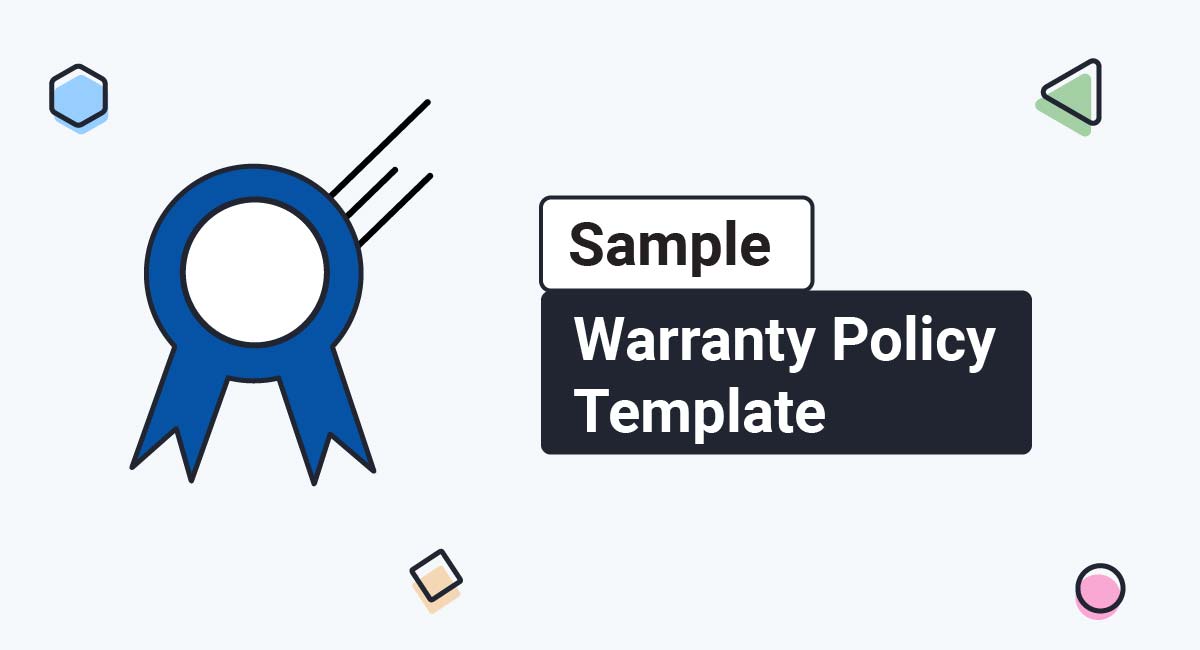

A Warranty Policy is a statement that puts your users or customers on notice of what type of warranty coverage you offer, or if you don't offer one. It can be part of a Terms and Conditions agreement, as well as a standalone policy on your website.
This article will break down what exactly this policy is, why you should have one, and what you should include in your own Warranty Policy. We also provide a sample template to help you create your own.
A Warranty Policy is where you let your customers know the specific and exact terms of your warranty, such as:
What to include in your Warranty Policy really depends on your business and what kind of products you sell.
Here are some of the most common and useful sections that are standard to most Warranty Policies. They're a good place to start when putting together your own warranty terms.
The first section of your Warranty Policy should include what it covers. For example, note that the warranty:
The second section of your Warranty Policy should include what you, as a company, will do to correct the problems faced by a customer for products that are still under warranty.
Depending on your business model and what you’d like to include, this section can have any of the following or some different remedy:
The third section of your Warranty Policy needs to mention how long the warranty coverage lasts. This will be how many days/years a customer has protection under the warranty.
This section depends on the goods you’re selling and what coverage you want to offer. You may have one flat warranty period (everything gets a 2-year warranty). Or, you may have multiple categories of products that need different periods of coverage. If you have multiple categories, mention the list of products and what warranty period exists for each.
An example can be:
The Warranty Period for Physical Goods purchased from My Company is 180 days from the date of purchase.
You can also address the warranty status of products that have been repaired under warranty. Does a new coverage period begin after the repaired product has shipped, or does the repaired product go back under the original coverage period.
The fourth section of your Warranty Policy can include conditions which are not covered by your company, such as:
The last section of your warranty should include information about how a customer can contact you to get service for the products and what conditions must be met during the process. This can include things like:
Depending on your country, states laws might affect what you write in the Warranty Policy.
U.S. businesses include a Consumer Protection section in their Warranty Policies:
Consumer Protection
Some states do not allow the exclusion or limitation of incidental or consequential damages or allow limitations on how long an implied warranty lasts, so the above limitations or exclusions may not apply to you. This warranty gives you specific legal rights, and you may also have other rights that vary by state to state.
If you sell products and are looking for a Return and Refund Policy, read our Sample Return Policy For Ecommerce Stores article.
This template available for download, for free, includes these sections:
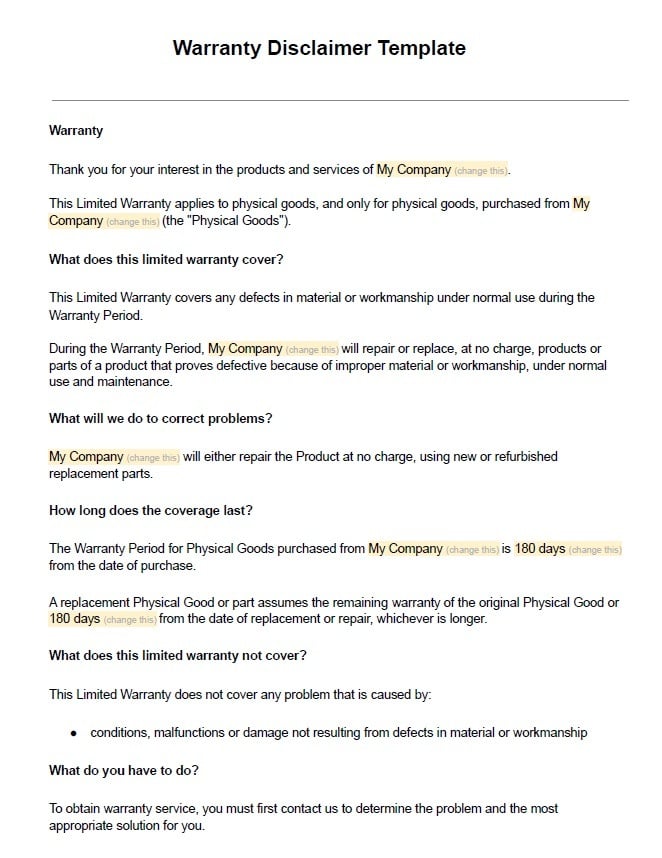
More specific Disclaimer Templates are available on our blog.
| Sample Disclaimer Template | A Disclaimer for all sorts of businesses. |
| Sample App Disclaimer Template | A Disclaimer for mobile apps. |
| Testimonial Disclaimer Sample | A Disclaimer for testimonials. |
| Sample Fair Use Disclaimer Template | A Disclaimer for fair use. |
Comply with the law with our agreements, policies, and consent banners. Everything is included.
Disclaimer
This article is not a substitute for professional legal advice. This article does not create an attorney-client relationship, nor is it a solicitation to offer legal advice.
Last updated on
Appears in
Related articles
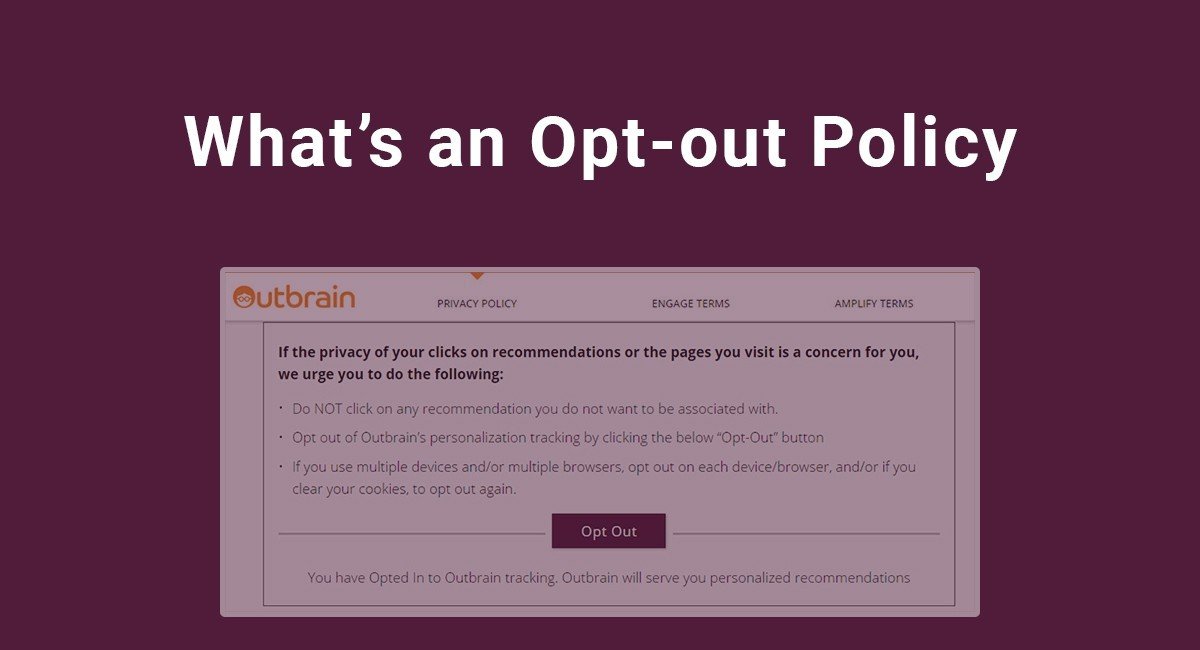
"Opting out" in a legal sense means the same as it does in an everyday sense. To "opt-out" means you are choosing to no longer participate in something. Opting out becomes significant in a legal sense when you develop a website or app that's legally required to provide a method of.
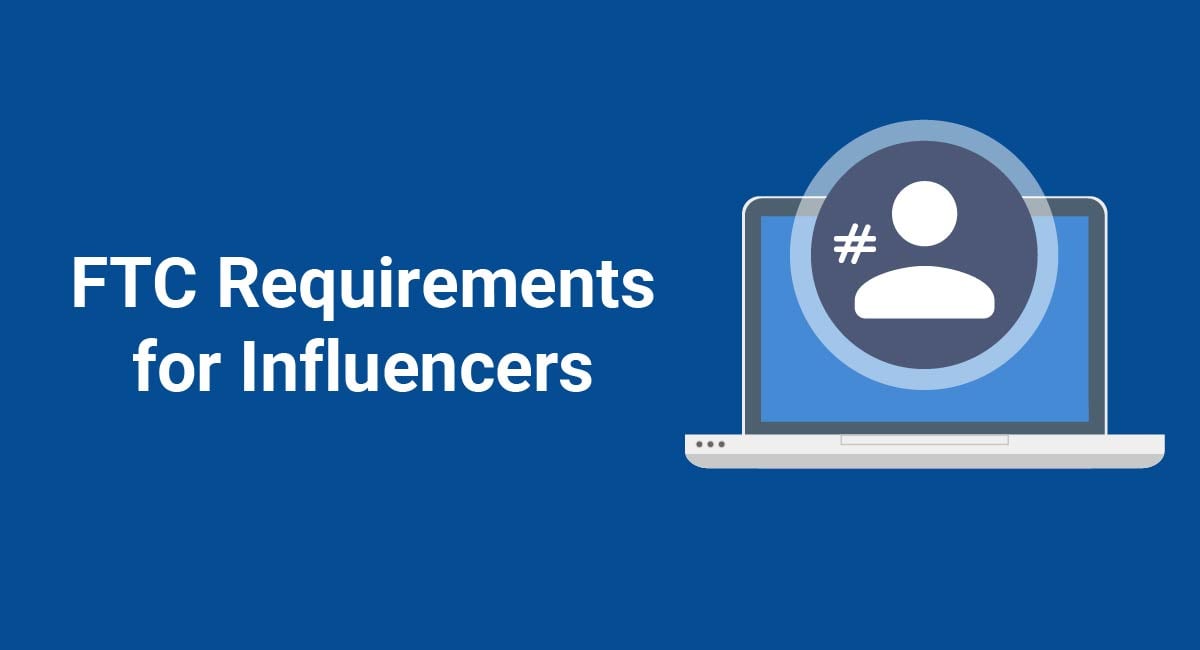
Influencers are advertisers. Instagram personalities promoting a local business can be regulated by the same laws as the world's largest companies. And the Federal Trade Commission (FTC) is not afraid to go after influencers, and even those with just a handful of followers. But the FTC isn't looking to catch influencers unaware.
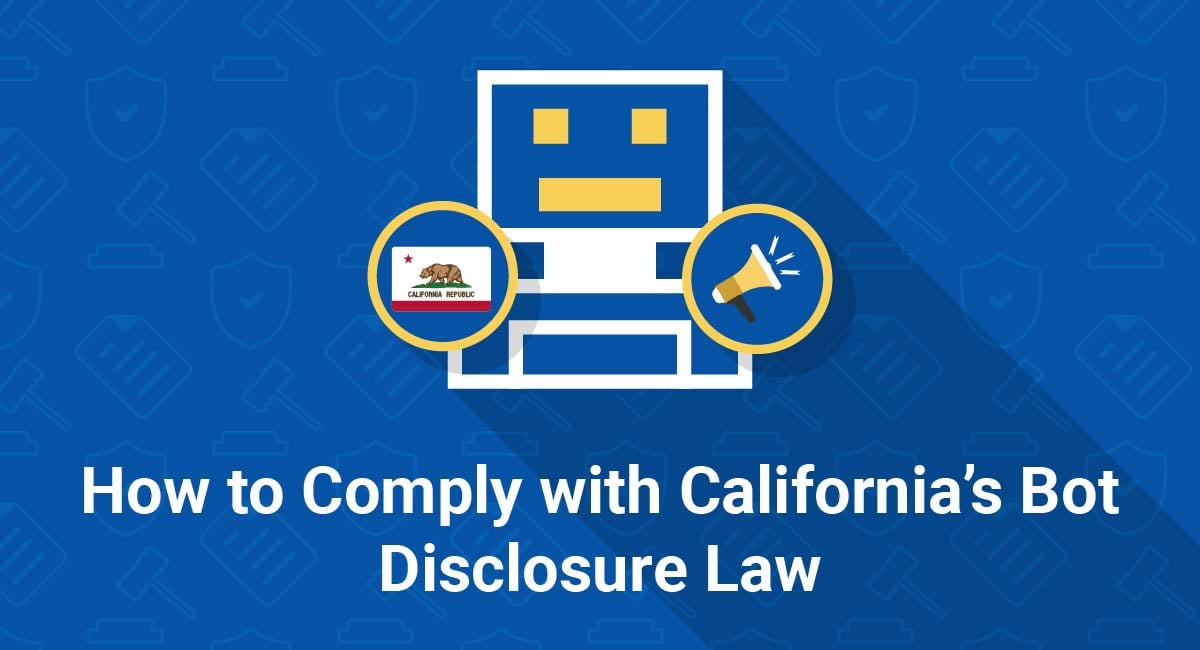
A new law in California will affect how businesses use bots. Bots are automated accounts that interact with users of websites, apps, and social media platforms. The Bot Disclosure Law could apply to your company whether you're based in California or not. If your company uses bots as part of its.
Comply with the law with our agreements, policies, tools and cookie consent banners. Everything you need is included.
Disclaimer: Legal information is not legal advice, read the disclaimer. The information provided on this site is not legal advice, does not constitute a lawyer referral service, and no attorney-client or confidential relationship is or will be formed by use of the site.
Copyright © 2012 - 2024 TermsFeed ® . All rights reserved.